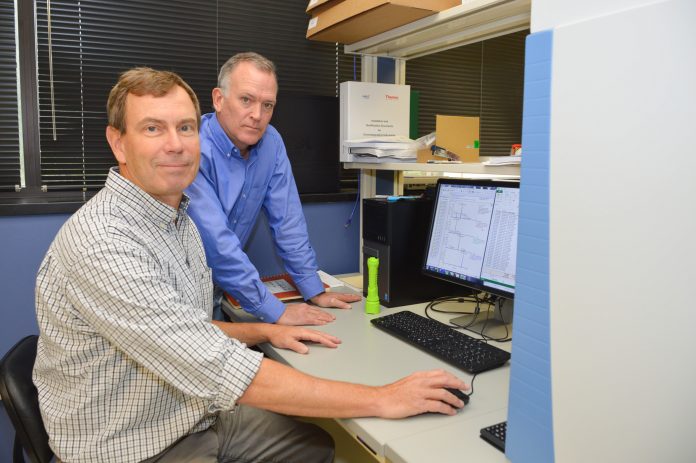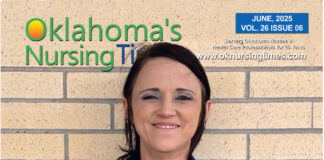A pair of scientists at the Oklahoma Medical Research Foundation, in a study led by Hesham Sadek, M.D., Ph.D., at the University of Texas Southwestern Medical Center, have discovered a method that sparks the regeneration of heart cells. The findings could lead to new ways to treat patients following a heart attack.
Heart disease is the leading cause of death in the United States, killing more than 600,000 people each year, according to the Centers for Disease Control and Prevention. A key part of this problem is that the adult human heart isn’t capable of significant regeneration of injured tissue caused by a heart attack.
Sadek had previously demonstrated that after birth the mouse heart has the capacity to repair itself. However, the heart loses this ability shortly after birth. OMRF scientists Luke Szweda, Ph.D., and Mike Kinter, Ph.D., are part of the research team that first demonstrated that this shift is caused by a change in the heart’s oxygen levels and metabolism after birth.
“These shifts are key because the heart needs a lot of energy that is derived from oxygen to function and power the circulation,” said Szweda. “However, the change in metabolism can damage DNA and, as a protective measure, heart cells exit the cell cycle and stop dividing.”
While this shift protects the heart, it can lead to problems in the event of a cardiac injury, as the heart can no longer make new cells to repair itself. But, wondered the researchers, is there a way to reignite the heart’s regenerative capabilities?
In experimental mice, the scientists gradually lowered oxygen levels for a period of time. They found that the animals’ heart cells were then able to divide and repair damaged tissue in the heart.
“By lowering the oxygen concentration, metabolism was altered allowing heart cells to re-enter the cell cycle and divide,” said Szweda. “That’s the trick to being able to induce natural repair in the heart.”
While more research is required, the findings are exciting because in the future physicians might be able to transiently alter cardiac metabolism in humans to awaken the heart’s regenerative abilities, said Szweda.
The beauty of this, said Kinter, is it presents a potential therapy that can be applied after damage to the heart has occurred.
“Modern medicine has gotten pretty good at limiting initial damage by getting the blood flow going again, as well as certain procedures that mitigate the damage,” said Kinter. “But once the damage happens, options for fixing it are limited. This is an exciting step forward.”
The new findings appear in the scientific journal Nature.













